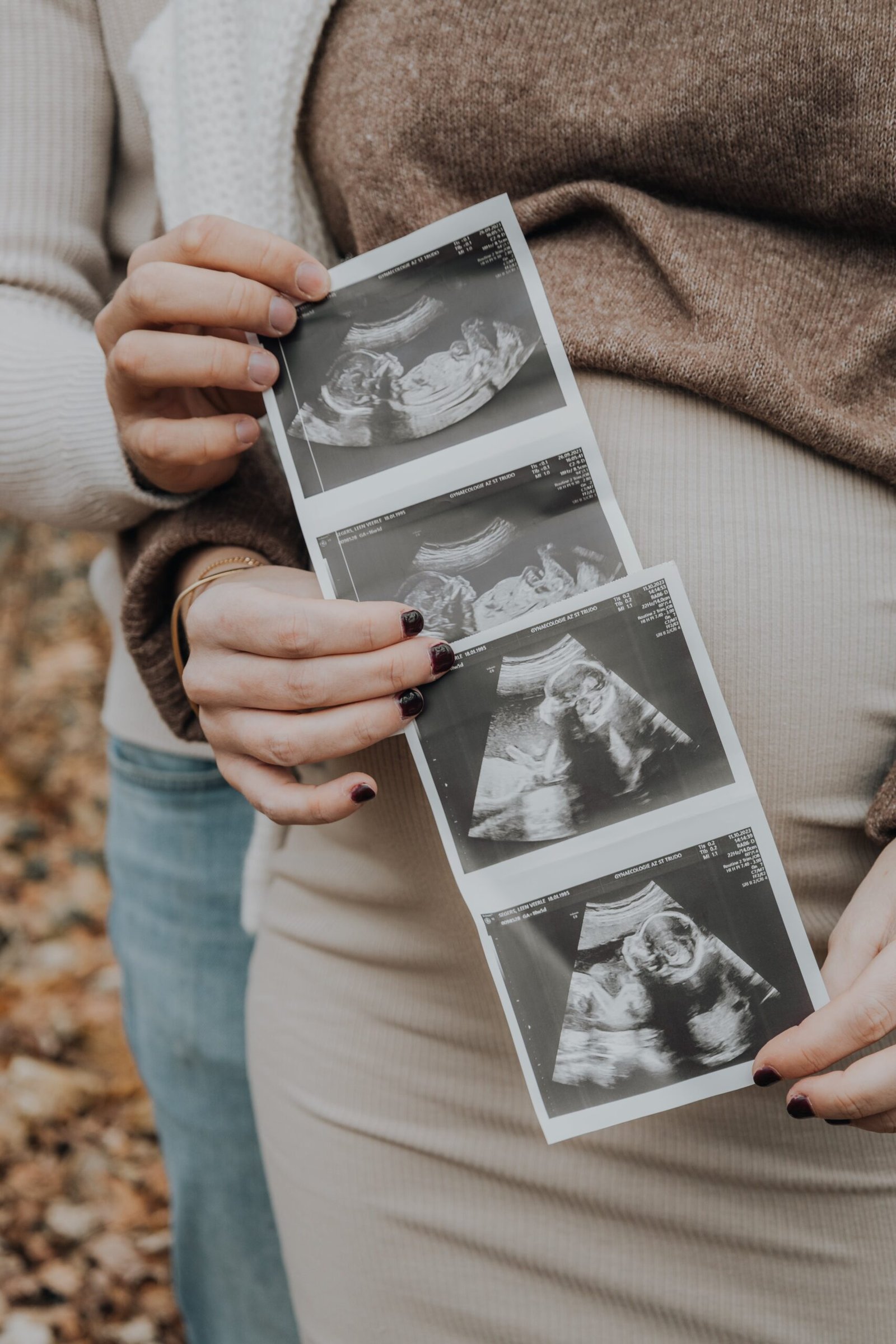
Have you ever wondered why sleeping in the recovery position is so important? This simple and effective sleeping position can have a significant impact on your overall well-being and recovery, especially if you have certain health conditions or are recovering from an injury. By positioning your body on its side with your knees bent and your head supported, sleeping in the recovery position helps to prevent choking, maintain an open airway, and reduce the risk of aspiration. In this article, we will explore the benefits of sleeping in the recovery position and why it is essential for a good night’s rest and overall health.
The Importance of Sleeping in the Recovery Position

Understanding the Recovery Position
The recovery position is a sleeping position that is recommended for individuals to adopt in order to promote better health and well-being. It involves lying on your side, with your legs and arms slightly bent and your head supported by a pillow. This position allows for optimal alignment of the body and promotes proper breathing, digestion, and circulation during sleep.
How Sleeping Position Affects Health
The way you sleep can significantly impact your overall health. Sleeping in positions that place strain on certain body parts can lead to discomfort and even health issues. For example, sleeping on your stomach can strain your neck and spine, while sleeping on your back can worsen snoring and obstructive sleep apnea. It is crucial to choose a sleeping position that supports the body’s natural alignment and physiological functions.
Benefits of Sleeping in the Recovery Position
Sleeping in the recovery position offers numerous benefits for your health and well-being. Let’s explore some of the most significant benefits below:
1. Maintains Open Airways
By sleeping on your side, especially on your left side, you can help keep your airways open and reduce the risk of breathing difficulties during sleep. This is particularly beneficial for individuals who experience snoring, sleep apnea, or have a history of respiratory conditions.
2. Reduces Acid Reflux
For those who suffer from acid reflux or GERD (gastroesophageal reflux disease), sleeping in the recovery position can alleviate symptoms by preventing stomach acid from flowing back into the esophagus. This can lead to a more comfortable night’s sleep and reduce the risk of long-term damage to the esophageal lining.
3. Prevents Wrinkles and Aging
Sleeping on your side can help prevent the formation of wrinkles and fine lines, as it reduces the pressure on your face that can lead to premature aging. By avoiding prolonged contact between your face and the pillow, you can maintain a youthful appearance and promote healthier skin.
4. Alleviates Back and Neck Pain
The recovery position is particularly beneficial for individuals who experience back or neck pain. By sleeping on your side with a pillow placed between your knees, you can help align your spine and relieve pressure on the lower back. This can result in reduced pain and improved overall comfort during sleep.
5. Improves Circulation
Sleeping in the recovery position promotes better blood circulation throughout the body. By lying on your side, you allow for optimal blood flow to vital organs, helping to nourish tissues and remove waste products more efficiently. Improved circulation can have a positive impact on various aspects of your health, including muscle recovery, organ function, and overall energy levels.
6. Enhances Digestion
Adopting the recovery position after meals can aid in digestion. By lying on your left side, you can promote the natural movement of food through the digestive system, assisting in the proper absorption of nutrients and minimizing discomfort such as bloating or indigestion.
7. Minimizes Snoring and Sleep Apnea
Sleeping on your side, as in the recovery position, can help reduce snoring and alleviate symptoms of sleep apnea. This is because side sleeping prevents the soft tissues in the throat from collapsing and blocking the airway, which can contribute to these sleep disturbances.

8. Promotes Spinal Alignment
Maintaining proper spinal alignment during sleep is essential for overall back health. The recovery position supports the natural curvature of the spine and helps alleviate pressure on the spinal discs. This can reduce the risk of developing spinal conditions such as herniated discs or chronic pain.
9. Facilitates Lymphatic Drainage
The lymphatic system plays a crucial role in the body’s immune response and detoxification process. Sleeping in the recovery position, particularly on your left side, can facilitate the lymphatic drainage, allowing toxins and waste products to be efficiently eliminated from the body.
10. Supports Pregnancy
For pregnant women, the recovery position can provide significant benefits. Sleeping on the left side during pregnancy helps promote optimal blood flow to the uterus and fetus, reducing the risk of complications such as high blood pressure or restricted fetal growth. It can also alleviate pressure on the lower back and hips, providing much-needed relief for the mother-to-be.
Correct Sleeping Positions for Different Situations
A. Sleeping in the Recovery Position for Adults
To sleep in the recovery position, start by lying on your side with your legs slightly bent and a pillow between your knees. Place a pillow to support your head and neck, ensuring that your spine remains in a neutral position. This position allows for optimal alignment and promotes better breathing and circulation.

B. Sleeping in the Recovery Position for Babies
For infants, it is recommended to place them on their back to sleep to reduce the risk of Sudden Infant Death Syndrome (SIDS). However, if your baby has reflux or digestive issues, you can place them in a modified recovery position by slightly elevating their upper body using a small wedge or pillow.
C. Sleeping in the Recovery Position for Pregnant Women
Pregnant women should sleep on their left side whenever possible. This position promotes optimal blood flow to the uterus and fetus, reduces the risk of complications, and helps alleviate pressure on the lower back and hips. Placing a pillow between the legs can further enhance comfort and support.
D. Sleeping in the Recovery Position for People with Medical Conditions
Individuals with specific medical conditions, such as obstructive sleep apnea or sinus congestion, may benefit from sleeping in the recovery position. Consult with a healthcare professional for personalized advice and guidance on how to modify your sleeping position to accommodate your condition.
E. Sleeping in the Recovery Position for Alcohol Intoxication
If someone has consumed alcohol excessively and is at risk of vomiting during sleep, it is important to place them in the recovery position. This involves rolling them onto their side with their head supported by a pillow to prevent choking on vomit and ensure open airways.
F. Sleeping in the Recovery Position for Drug Overdose
In the unfortunate event of a drug overdose, placing the individual in the recovery position can be life-saving. By rolling them onto their side and ensuring a clear airway, you can help prevent choking or aspiration of vomit. However, it is crucial to seek immediate medical assistance in such situations.
Tips for Sleeping in the Recovery Position
To maximize the benefits of sleeping in the recovery position, consider the following tips:
1. Start on Your Side
Train yourself to start sleeping on your side from the beginning of the night. This will help you maintain the position throughout the night and optimize the benefits.
2. Use Pillows for Support
Place a pillow between your knees to keep them aligned and reduce strain on your hips and lower back. Additionally, choose a pillow that supports your head and neck to ensure proper alignment of the spine.
3. Maintain a Neutral Spine Alignment
Ensure that your spine remains in a neutral position while sleeping in the recovery position. Avoid arching your back or excessively tilting your head forward or backward.
4. Keep your Arms and Legs Relaxed
Avoid curling up tightly or bending your limbs in uncomfortable positions. Allow your arms and legs to remain relaxed and slightly bent to promote comfort and better circulation.
5. Choose the Right Mattress and Pillow
Invest in a supportive mattress that promotes proper spinal alignment and distributes your body weight evenly. Similarly, choose a pillow that suits your individual needs and helps maintain a neutral head position.
Conclusion
Sleeping in the recovery position offers numerous benefits for your overall health and well-being. By adopting this position, you can maintain open airways, reduce acid reflux, prevent wrinkles, alleviate pain, improve circulation, enhance digestion, minimize snoring, promote spinal alignment, facilitate lymphatic drainage, and support pregnancy. Understanding the correct sleeping positions for adults, babies, pregnant women, and individuals with medical conditions is essential to tailor the recovery position to specific needs. By following simple tips, such as starting on your side, using pillows for support, maintaining a neutral spine alignment, keeping your arms and legs relaxed, and choosing the right mattress and pillow, you can optimize the benefits of sleeping in the recovery position and enjoy a more restful and rejuvenating sleep.





